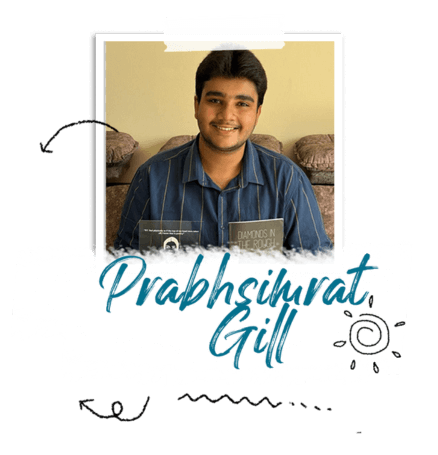We have come across numerous manuscripts from writers who find themselves struggling with the task of giving their stories a satisfactory ending. As a reader, we have all experienced the frustration of a disappointing ending to an otherwise captivating tale.
We understand the significance of a good ending, and hence, we have penned down some of the different types of endings in fiction that can help authors craft an impactful conclusion to their tales.
1. Happy Ending:
For many readers, happy endings are the most satisfying ones. A happy ending is when the protagonist overcomes all the challenges and conflicts and achieves their goals. It evokes a sense of catharsis and leaves readers with a warm and fuzzy feeling. A classic example of a happy ending is the Disney film, “Cinderella”.
2. Tragic Ending:
Unlike a happy ending, a tragic ending is when the protagonist fails to resolve their conflicts, and the story ends in a sad or depressing way. The tragic ending is supposed to evoke a sense of emotions such as sorrow, grief, or loss. Great works such as Shakespeare’s “Romeo and Juliet” and Thomas Hardy’s “Tess of the D’Urbervilles” are exemplary of tragic endings.
3. Cliffhanger:
A cliffhanger ending is when the story ends in suspense, leaving readers to think about what will happen next. It usually comprises unanswered questions that leave readers hanging, waiting for the sequel or continuation. This type of ending is prominently found in thriller or horror novels, and popular TV series like “Game of Thrones”.
4. Ambiguous Ending:
An ambiguous ending is when the story concludes with no clear resolution. The readers are left to interpret what happened and draw their own conclusions. This type of ending often challenges the readers’ assumptions and can be an excellent tool for literary analysis. The movie “Inception effectively utilizes an ambiguous ending.
5. ‘The Twist’ Ending:
A twist ending is when the story concludes with an unexpected conclusion, usually with a surprise reveal that gives a whole new dimension to the plot. It leaves readers shocked and thrilled with the unexpected clever resolution. A great example of this type of ending is Agatha Christie’s “The Murder of Roger Ackroyd”.
6. A Circular Ending:
A circular ending is when the story begins and ends at the same point with a similar situation. It brings a sense of completeness to the storyline and can be an indicator of character growth. Books like “The Catcher in the Rye” serve as an exemplary use of a circular ending.
As writers, it can be challenging to create a good ending. However, by understanding the different types of endings and what type suits their story best, writers can create satisfying conclusions that leave a lasting impact.
We understand that crafting an ending is vital to a successful story. The conclusion can make or break the entire story’s impact. Hence, our team of editors works closely with the authors to help them craft conclusions that will keep their readers engrossed until the final page. We are committed to helping our authors achieve their writing ambitions by providing them the guidance and resources required to publish their work.
















